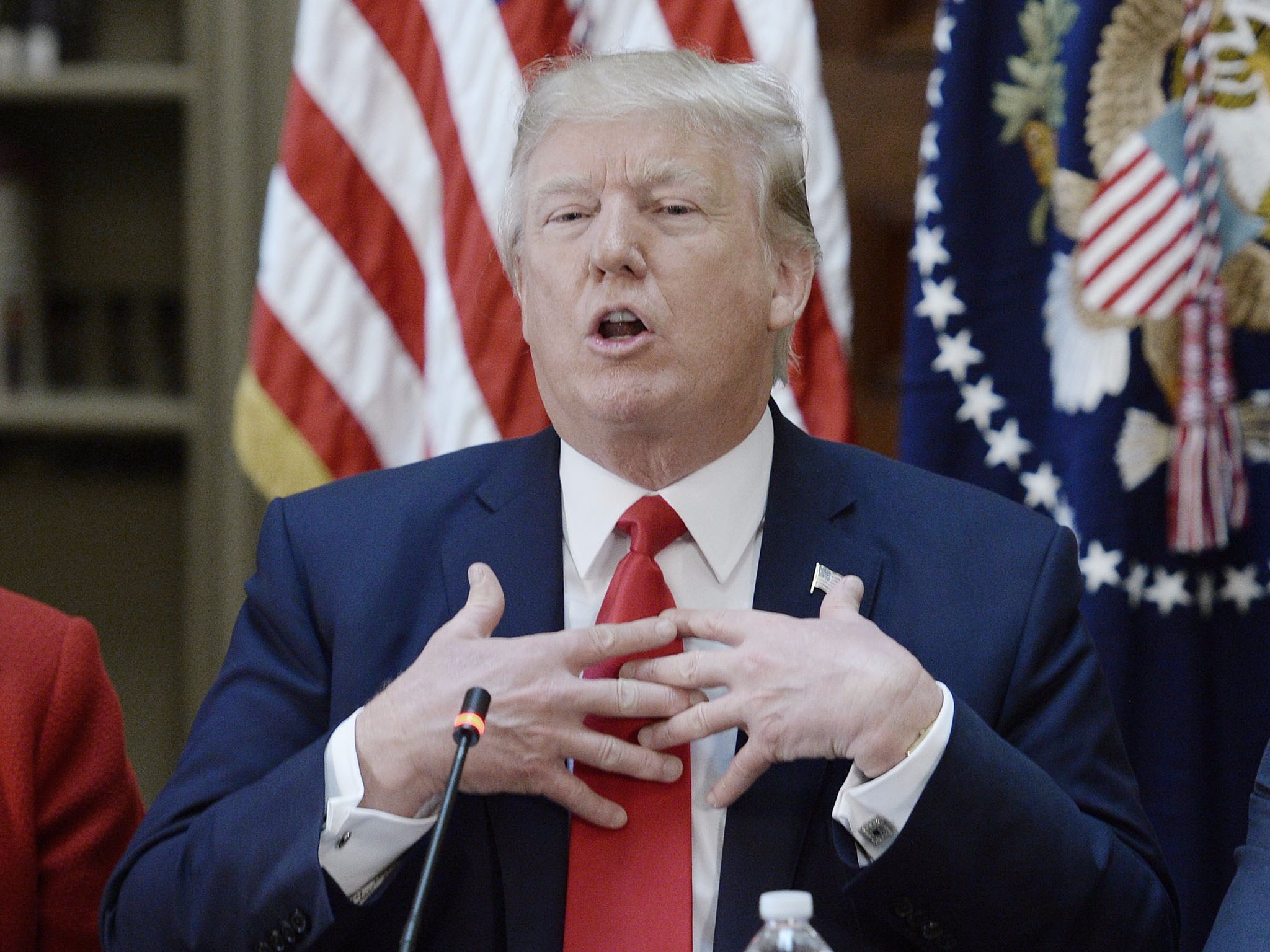
In a meeting with some of the most powerful CEOs in the world on Tuesday, President Donald Trump argued that small businesses were struggling to find financing.
“So many people come to see me — I see them all the time — small businesses that are unable to borrow from banks,” Trump said. “They never had a problem five, six, seven, 10 years ago. They had great bankers, great relationships, now they can’t borrow.”
The president blamed the post-financial-crisis Dodd-Frank banking regulations, which were enacted in July 2010, and higher capital requirements for the largest financial institutions. Trump said he planned to “streamline” or “eliminate” Dodd-Frank to allow small businesses to borrow again.
Trump’s narrative, however, is the opposite of what small-business owners are saying.
In its small-business optimism index released Tuesday, the National Federation of Independent Businesses found that very few small businesses were having trouble getting access to loans and that financing was not a major problem for their businesses.
“Only 4 percent of owners reported that all their borrowing needs were not satisfied, up 1 point and historically low,” the NFIB release said. “Thirty-two percent reported all credit needs met (up 2 points), and 52 percent explicitly said they did not want a loan. Only 2 percent reported that financing was their top business problem compared to 20 percent citing taxes, 17 percent citing regulations and red tape, and 16 percent the availability of qualified labor. Weak sales garnered 12 percent of the vote.”
While the NFIB did say loan demand was weak, the release described current lending conditions as “cheap money.”
Additionally, the US Small Business Administration’s most recent report on loans said the rate of small-business lending had been increasing since 2013.
Trump may be using small-business lending as an excuse to roll back the regulation on Wall Street, but according to the owners of those small businesses, credit access isn’t an issue.
NOW WATCH: A Navy SEAL explains why you should end a shower with cold water













